
Designing a network optimization tool
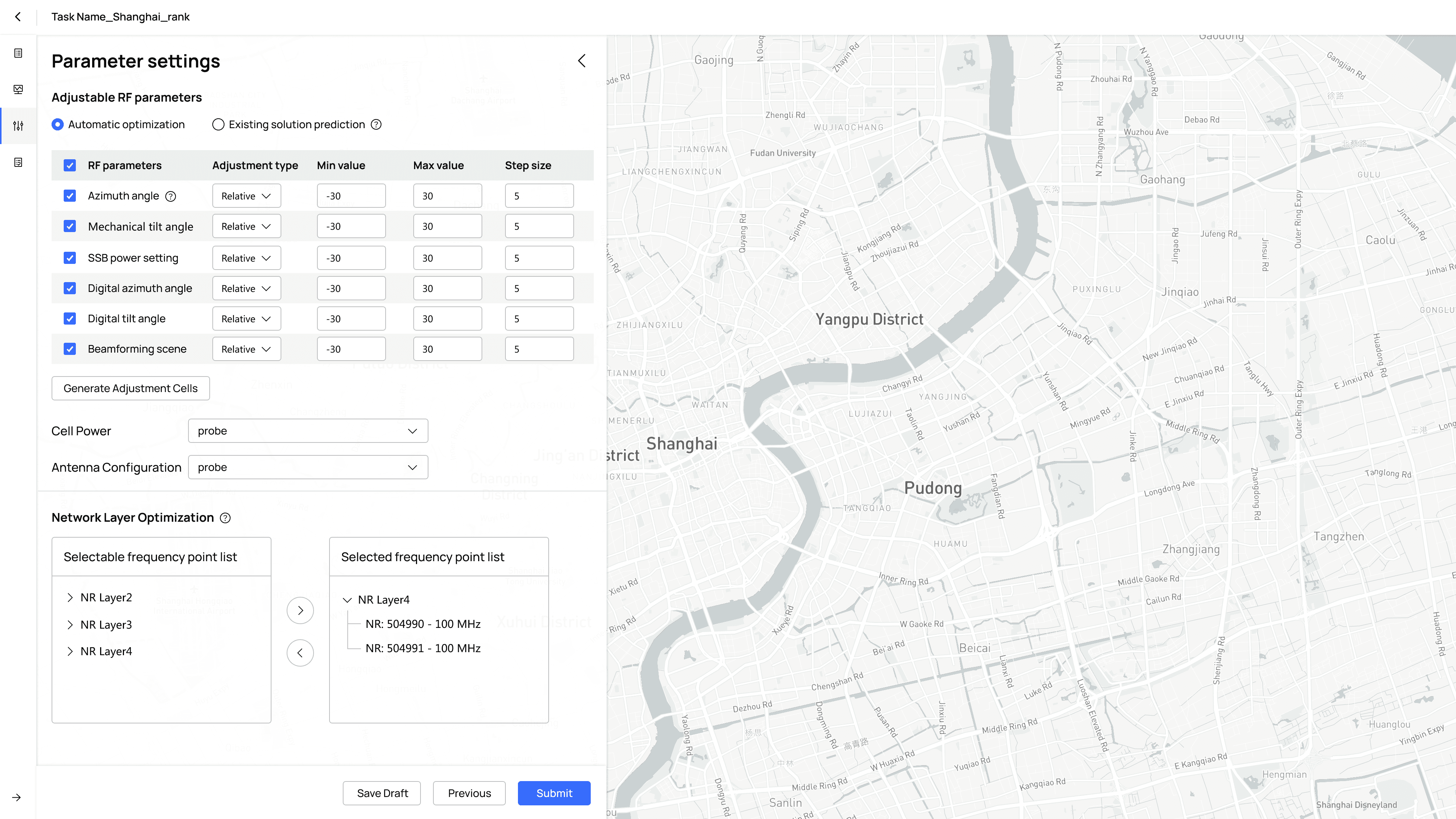

So, how might we improve the SUS score?


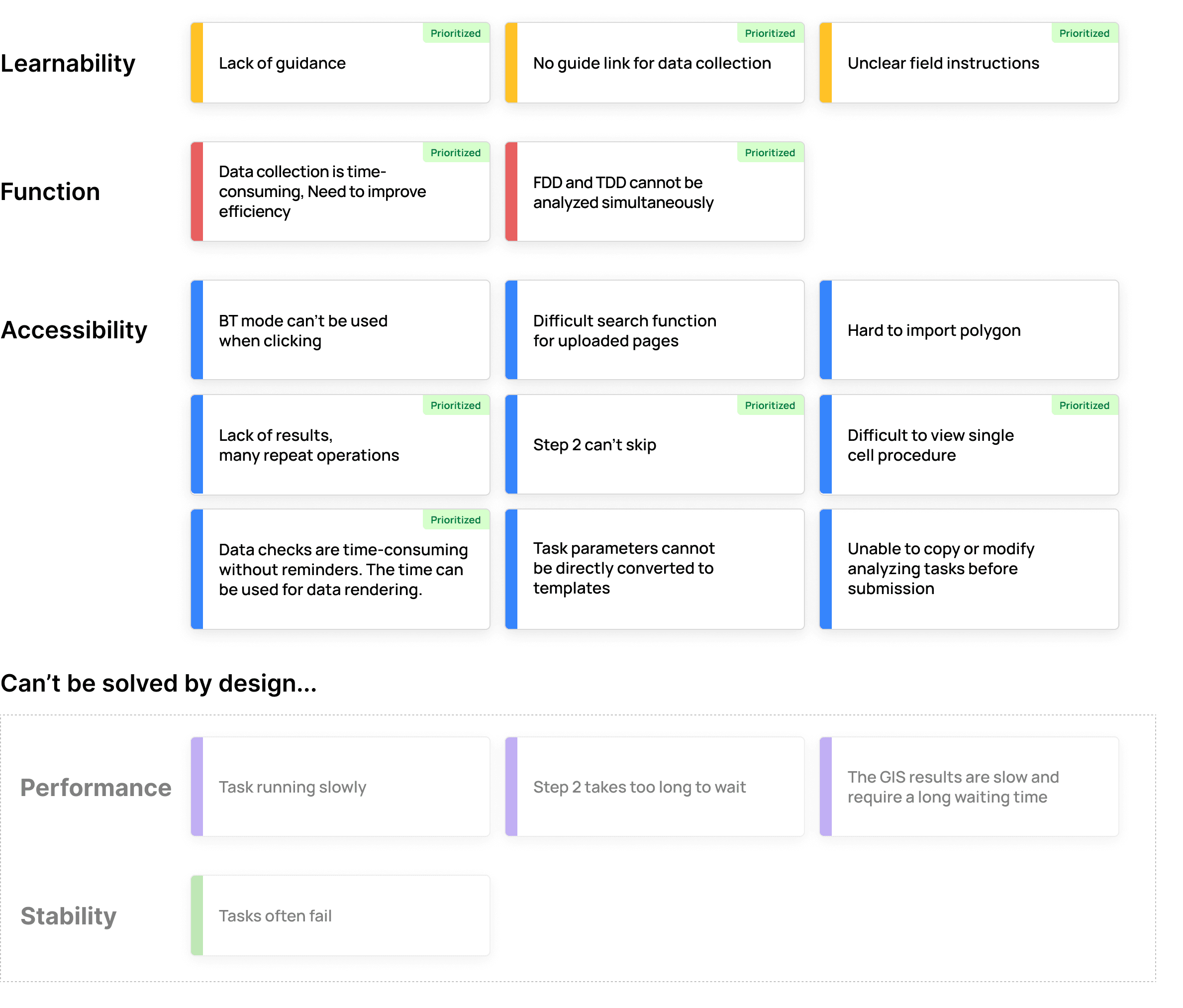
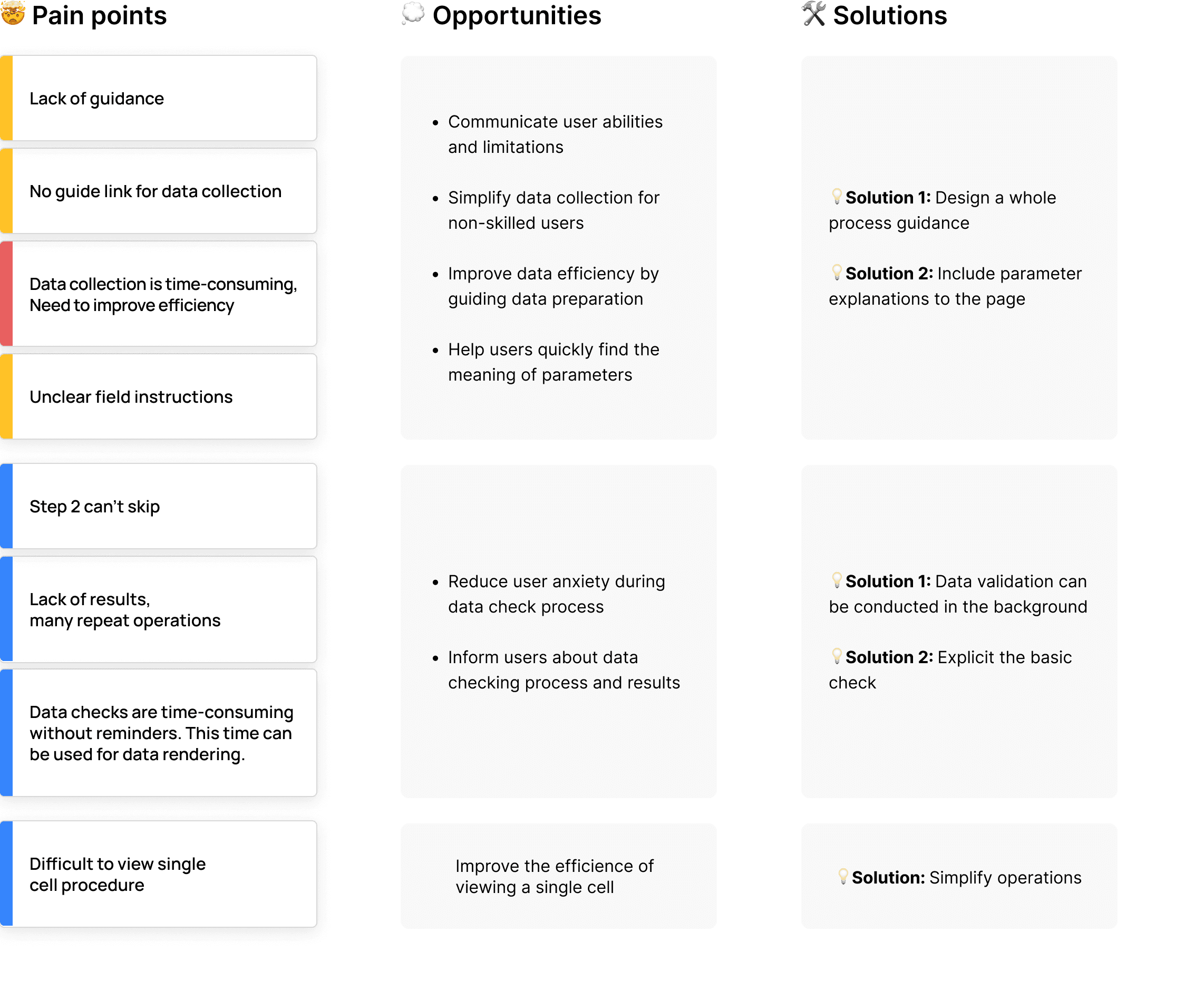
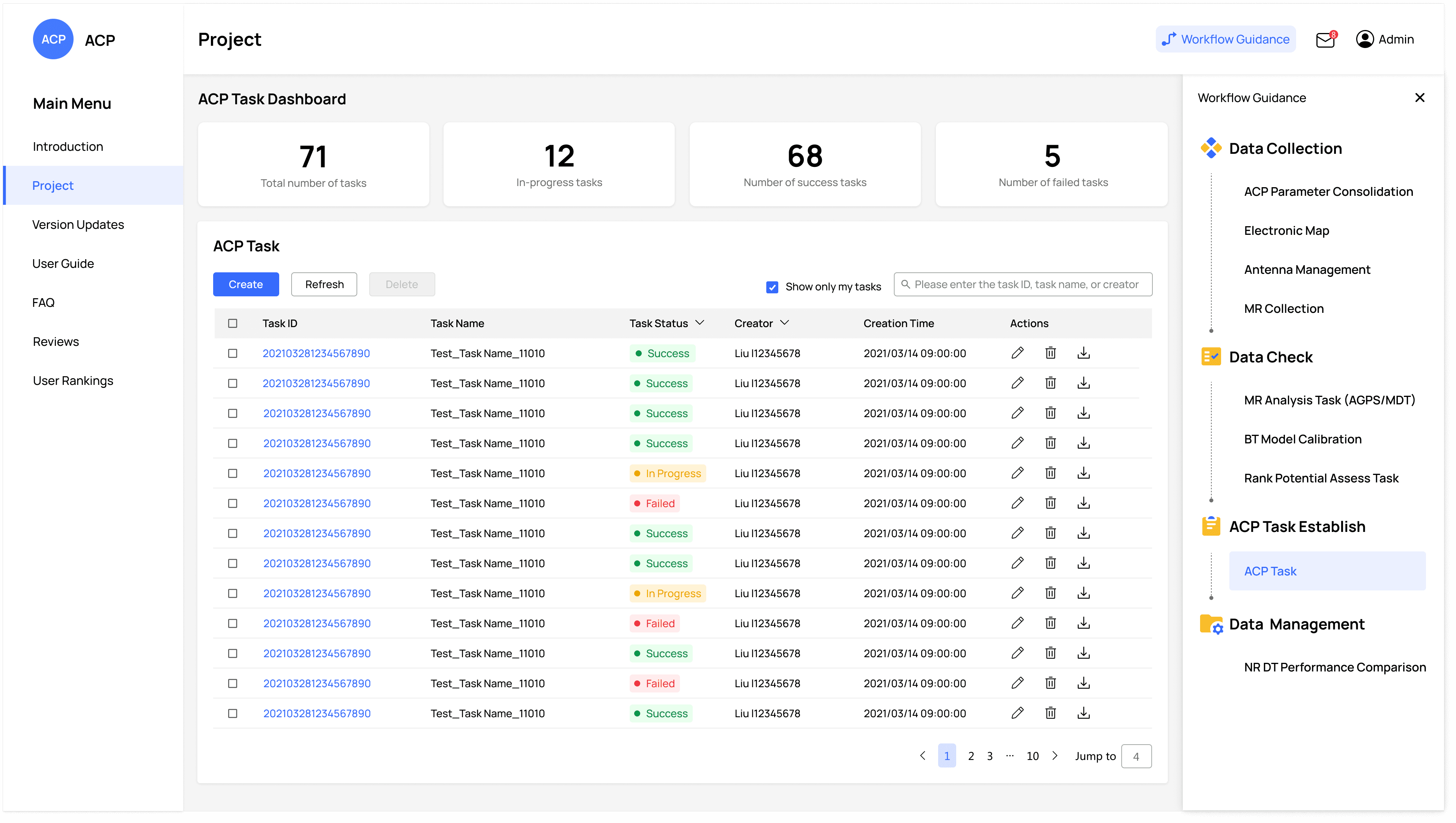

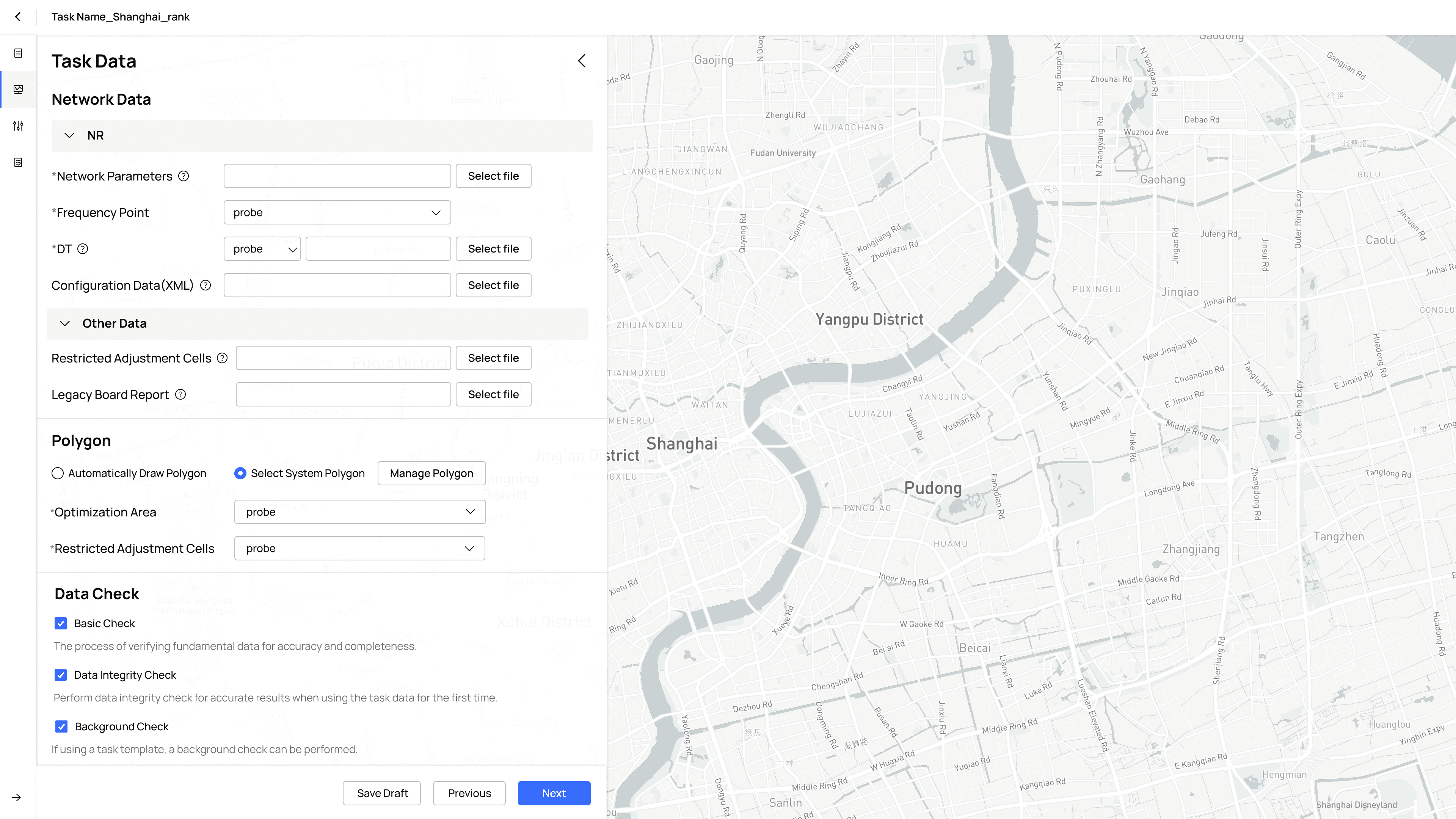

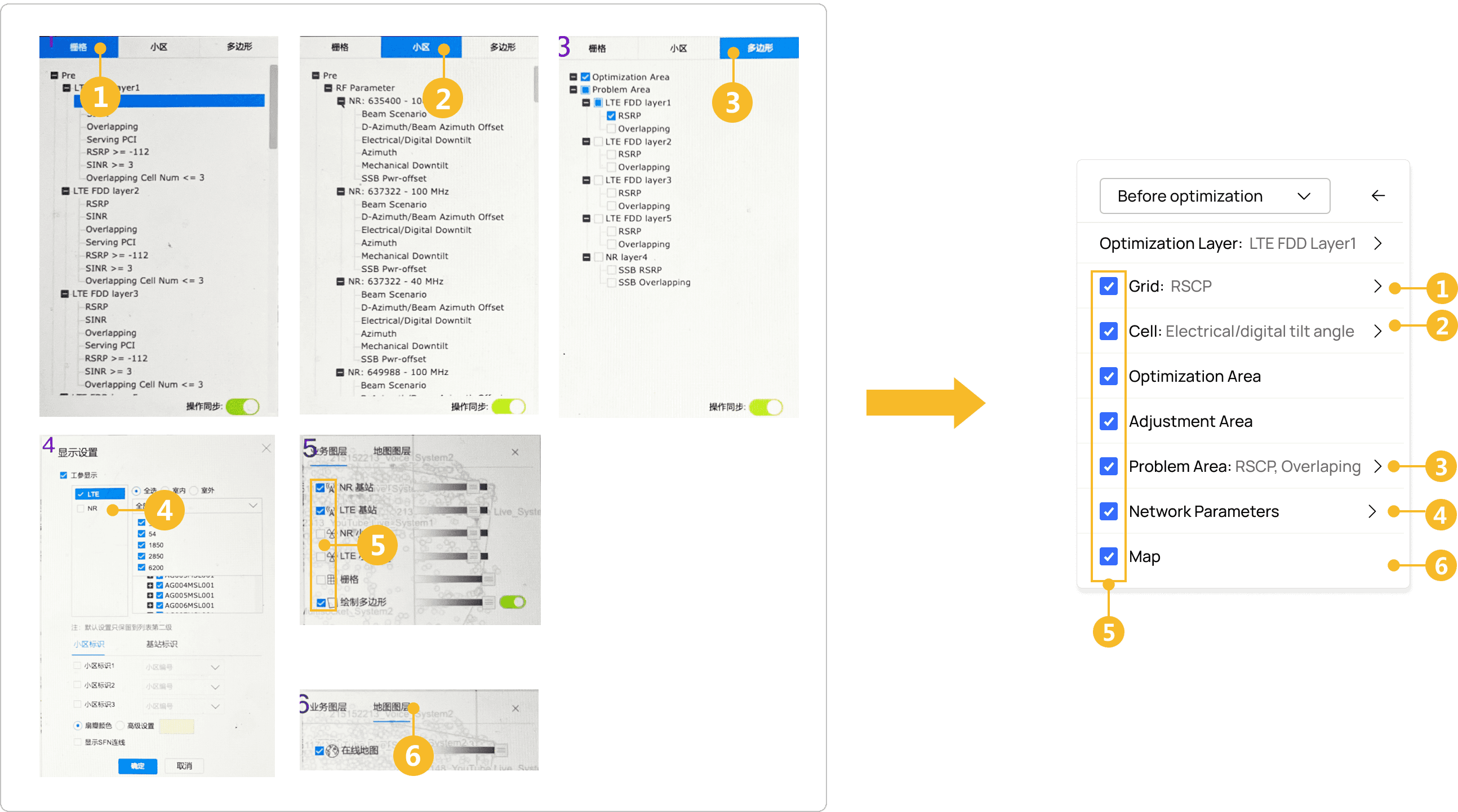

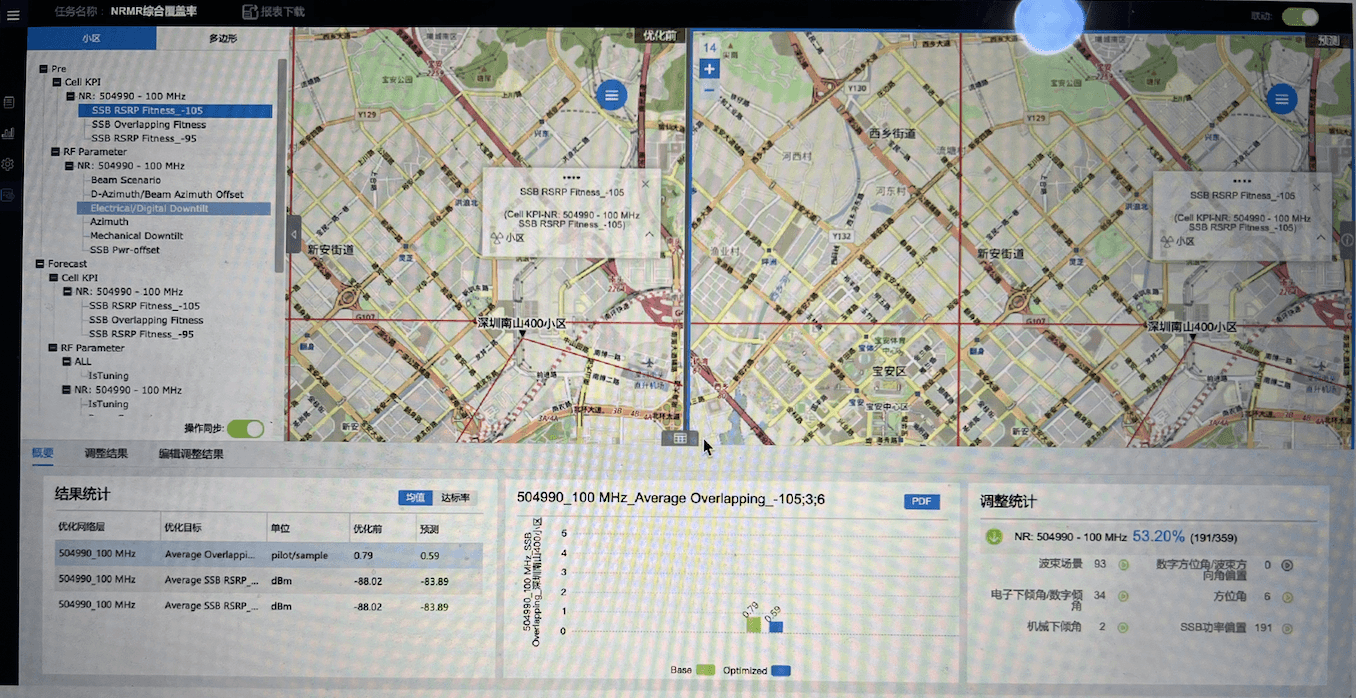
Before 😓
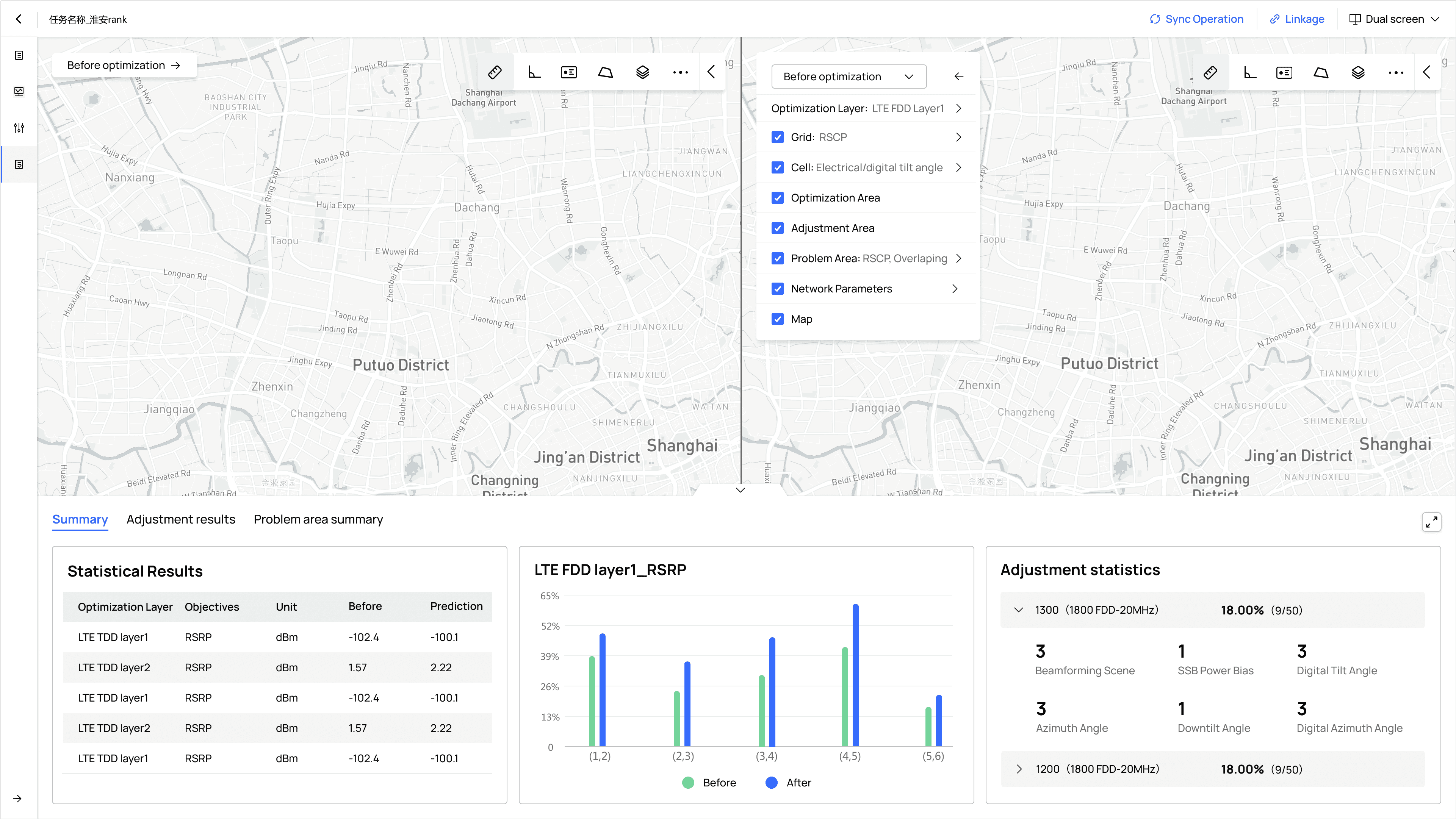
After 😄

COMPANY
Huawei
YEAR
2021
WORK WITH
1 Product manager, 3 System engineers
6 Software Engineers, 4 Testing engineers
MY ROLE
Research, UI/UX design,
Usability testing
BACKGROUND
To attract and retain customers, telecom operators often seek to optimize their regional networks to deliver superior user experiences. ACP stands out as a reliable network optimization tool in achieving this goal.
ACP, a network optimization tool.
Telecom operators' network engineers use it to solve network coverage, capacity, and quality issues through intelligent technology and geographic scenarios, in order to achieve the best overall network performance.
My Team
Huawei Global Technical Service Dept
2400+
Telecom operators
1500+
Networks
170+
Countries and Regions
Problem: Difficult to use
We received feedback from engineers that the software is difficult to use, so we conducted a usability test to understand the specific situation.
Firstly, we invited more than 30 users to test the current SUS score of the software.The results showed that this is not a good product and the SUS score needs to be improved.
System Usability Scale: The score is lower than expected
PROCESS
The project took a total of 7 months, from the initial strategy phase to its publication.
RESEARCH
User Interview
I interviewed 11 users via observation and surveys to gain insight into their ACP experience. Using the results, I created persona and As-Is User Journey Map to enhance the overall user experience.

Network optimization engineer
"I need better guidance in using it."
Goal: Optimize network performance and summarize the work done
Demand: Smoother product experience and greater guidance
As-is User Journey Map
I have categorized the pain points into five categories: "learnability", "function", "performance", "stability" and "accessibility". Each category is denoted by a different color for identification.
After sorting out pain points, we first eliminate "Performance"and “ Stability” issues, because it cannot be solved through design. Among the remaining three classes, we identify the problems that can be solved through UX design and prioritize them according to business needs.
Opportunities & Proposed Solutions
I categorized the remaining pain points into three types, analyzed the opportunity points, and developed solutions accordingly.
DESIGN
1 . Add a process guidance and improve the operation instructions
Voice of Customer
“I don't know what ACP can do or what kind of scenarios it's suitable for. ”
“I'm also unsure about the meaning of parameters and how to set them.”
Current Situation
Solution 1 : Add a process guidance
Insufficient guidance and operation procedures.
Users have to rely on customer service or seek help from individuals with knowledge of the module.
The addition of process modules improves users' understanding of the product's functional modules.
Solution 2 : Providing online parameter descriptions
Click the question mark icon to view instructions on the right side of the page.
2 . Refinement of task creation process
Voice of Customer
“Step 2 takes too long. Do data checks in the background instead.”
“Data checks are unclear and it's not clear why they fail.”
Current Situation
The data checking process is slow and lacks prompts. If it fails, users have to start over and are not informed of the reason for the failure.
Solution 1: Add background check option
If a saved template is selected when creating task information at the beginning, the data will be automatically sent to the background for verification, reducing the time needed for data verification.
Solution 2: Enhance data visibility
Upon deactivating “Background Check,” the “Start Checking” button becomes visible, while the “Next” button turns inaccessible. The whole progress is shown, encompassing explanations for any encountered errors.
❌ Failed
✅ Success
3 . Improve single-frequency point optimization efficiency
Voice of Customer
“Doing the task requires multiple clicks and some operations need dragging options, which makes it too
difficult to do”
Current Situation
Viewing single-frequency optimization in the network layer requires at least 14 clicks, two drags, and six pages, posing a challenge for users.
Simplify user operations, reduce path length, consolidate 6 pages into 1, requiring only 10 clicks for the entire process.
The optimized index toolbar is shown as follows:
Solution: Consolidate 6 pages into a single page
IMPLEMENTATION
OUTCOME
As the only designer in the project, I collaborated with programmers to code the platform's design system using the Vue.js framework.Additionally, I designed a map interaction feature, specifying how map elements should be displayed and interacted with.
Note: The component library is deployed on the company's intranet and cannot be made public at the moment.
A Vue.js component library, parallel to our design
SUS score increased from 53.3 in March to 82.1 in December after optimization design, based on feedback from 18 users. 10 users had questions during the initial survey.
The latest version has been made available in various offices worldwide, including China, Romania, Mexico, South Africa, England, Germany, Dubai, Brazil, Morocco, South Korea, Saudi Arabia, Russia, Singapore, Indonesia, Malaysia, and others.
I. The Core of Design is Problem Solving
In UX design, the main goal is solving user problems. B2B product designers must focus on helping users complete tasks efficiently. Understanding business processes and user needs is crucial. Working with engineers in telecommunications has enhanced my design skills, ensuring designs meet user needs effectively.
II. Design Requires Collaboration
Successful design relies on teamwork. UX designers need to collaborate with product managers, engineers, and marketers to ensure designs are feasible, viable, and user-centric. Cross-departmental communication improves design quality and practicality.
III. Designers Need to Think Like Product Managers
At companies like Huawei, designers also handle product manager tasks. This requires broader vision and strategic thinking. Understanding market dynamics and business goals ensures designs are visually appealing, practical, and drive product innovation.
CONCLUSION
Currently, ACP is deployed in more than 20 countries and serves hundreds of telecom operators, providing differentiated network experiences for users and promoting the commercial success of operators.
